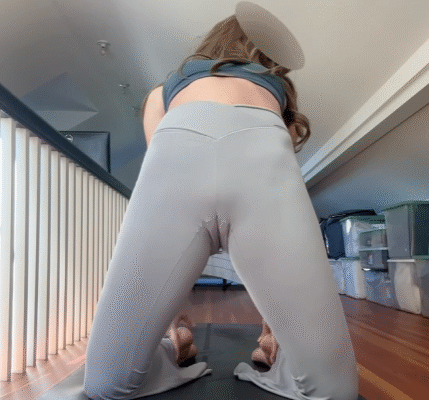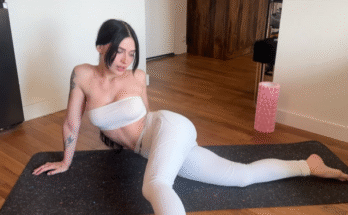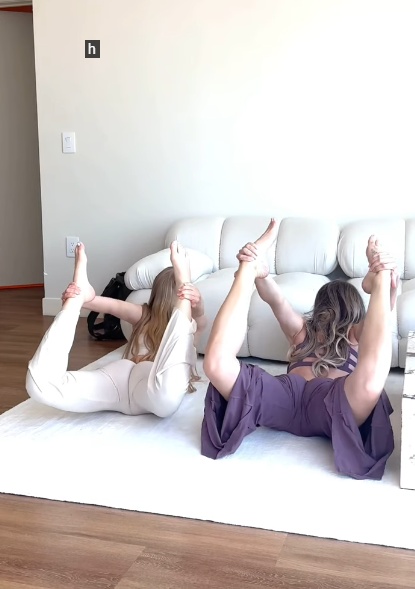
When people think of yoga, they often imagine flowing sequences, deep breathing, and calm meditation. But yoga also offers highly focused practices that target specific parts of the body. One of the most powerful examples is arch stretching yoga, a style of stretching that emphasizes opening the chest, lengthening the spine, and creating graceful arcs in the body. Practiced correctly, it can release deep tension, improve posture, and even unlock a sense of freedom in movement.
In this article, we’ll explore what arch stretching yoga is, why it matters, how to practice it safely, and how it can be woven into a balanced yoga routine.
What is Arch Stretching Yoga?
Arch stretching yoga is not a separate school of yoga, but rather a focus on poses and stretches that create arching movements of the spine and body. Think of postures like:
- Wheel Pose (Urdhva Dhanurasana) – a deep backbend forming a strong arch.
- Camel Pose (Ustrasana) – kneeling backbend that opens the chest.
- Bridge Pose (Setu Bandhasana) – a supportive arch using the ground.
- Bow Pose (Dhanurasana) – where the body literally resembles a drawn bow.
These postures emphasize spinal extension, chest opening, and shoulder flexibility, while also stretching the hip flexors, abdomen, and even the wrists. The idea is not just about creating a beautiful curve with the body, but also cultivating balance, strength, and openness.
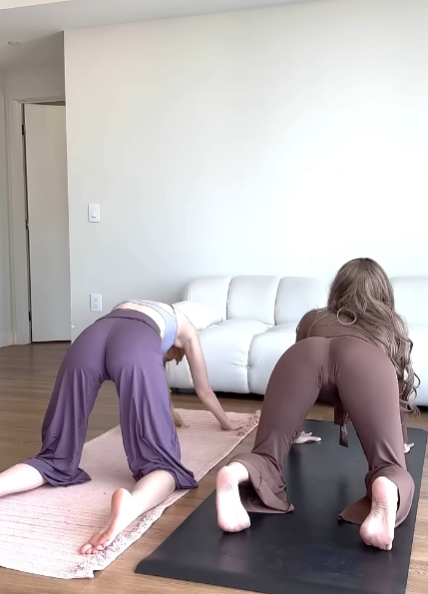
Why Practice Arch Stretching Yoga?
Arch stretches may look dramatic, but their benefits go far beyond appearance. Here are some reasons why they’re worth including in your practice:
1. Improved Posture
In modern life, we often hunch forward at computers, phones, or steering wheels. Arching stretches counteract this forward slump by opening the chest and strengthening the back muscles.
2. Enhanced Flexibility
Arch poses demand flexibility in the spine, shoulders, and hips. Regular practice gradually improves range of motion, making everyday movement easier.
3. Strength Building
Backbends aren’t just about flexibility—they build strength in the legs, glutes, back, and arms. Holding an arch requires deep muscular engagement.
4. Better Breathing
When the chest expands in an arch, the lungs have more room to take in oxygen. Many practitioners notice deeper, fuller breaths after practicing arch stretches.
5. Emotional Release
In yoga philosophy, the heart center is associated with love, openness, and vulnerability. Arch stretches open this region physically and energetically, sometimes bringing an emotional sense of relief.
Preparing for Arch Stretching
Before attempting deep arches, preparation is essential. The spine and shoulders need to be warmed up, and the body must feel stable and supported. A good warm-up could include:
- Cat-Cow Pose – to gently mobilize the spine.
- Low Lunge (Anjaneyasana) – to open the hip flexors.
- Shoulder Rolls and Eagle Arms – to loosen the shoulders.
- Standing Backbend – a light stretch before going deeper.
It’s important to move slowly, listen to your body, and never force an arch. Yoga is about progress, not pushing into pain.
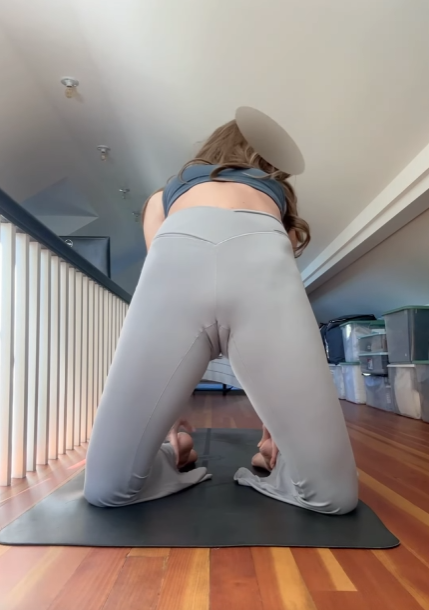
Key Arch Stretching Yoga Poses
Here are some fundamental arching postures you can explore:
1. Bridge Pose (Setu Bandhasana)
- Lie on your back, bend your knees, and place your feet hip-width apart.
- Press into your feet, lift your hips, and open your chest.
- Keep your neck relaxed.
This is an excellent beginner-friendly arch that strengthens the glutes and back.
2. Camel Pose (Ustrasana)
- Kneel on the floor with your knees hip-width apart.
- Place your hands on your lower back or heels.
- Gently push your hips forward as you arch your back.
This pose stretches the chest, abdomen, and hip flexors while boosting energy.
3. Bow Pose (Dhanurasana)
- Lie on your stomach and bend your knees.
- Reach back to grab your ankles.
- Inhale and lift your chest and thighs off the ground.
This intense backbend engages the whole body and creates a deep arch.
4. Wheel Pose (Urdhva Dhanurasana)
- Lie on your back, bend your knees, and place your hands by your ears.
- Press into your hands and feet, lifting your body into a full arch.
This advanced pose builds incredible strength and flexibility. Beginners should attempt it only after mastering preparatory poses.
Tips for Safe Practice
Arch stretching can feel liberating, but safety always comes first. Here are some tips to remember:
- Warm up properly – Never jump into deep arches with a cold body.
- Engage your core – A strong core protects the lower back.
- Use props – Blocks, straps, or bolsters can make poses safer.
- Listen to your limits – A stretch should never feel sharp or painful.
- Counterpose – Always follow arches with forward bends or twists to neutralize the spine.
Breathing in Arch Stretching Yoga
Breath is as important as movement. In arching poses, it’s common to feel the chest expand with each inhale. Practitioners can:
- Inhale deeply to lift and expand the chest.
- Exhale slowly to release tension and deepen the arch gently.
- Practice Ujjayi breath (ocean breath) for steadiness and focus.
The breath becomes the bridge between effort and ease.
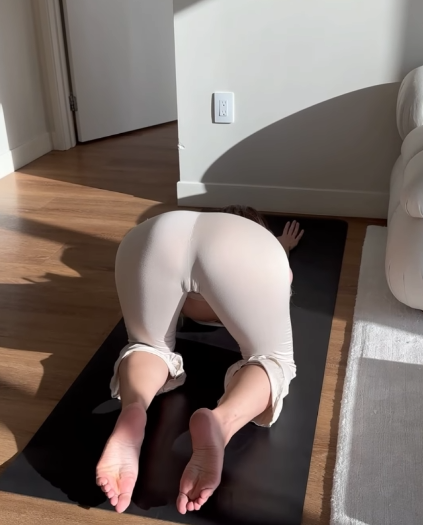
Arch Stretching for Mind and Spirit
Beyond physical benefits, arch stretching yoga has a mental and emotional dimension. Many practitioners describe feeling:
- More open and confident – As the body opens, so does the spirit.
- Less stressed – The combination of deep breathing and stretching reduces anxiety.
- Connected – Arch stretches encourage presence, grounding, and awareness.
Backbends are sometimes called “heart openers.” They remind us to live with openness, to let go of protective shells, and to embrace vulnerability.
A Simple Arch Stretching Sequence
Here’s a short sequence you can try at home:
- Cat-Cow (1–2 minutes)
- Low Lunge with arms lifted (30 seconds each side)
- Bridge Pose (3–5 breaths)
- Camel Pose (3 breaths, repeat twice)
- Bow Pose (hold for 20 seconds)
- Child’s Pose (counterpose)
- Seated Forward Fold (to balance the spine)
This mini-routine can be completed in about 15 minutes and leaves the body feeling open and refreshed.
Final Thoughts
Arch stretching yoga is more than just bending backward—it’s about balance, strength, and emotional openness. Whether you’re a beginner trying Bridge Pose for the first time or an experienced yogi practicing Wheel Pose with ease, each arch offers a chance to grow.
When practiced with patience, awareness, and respect for your body, arch stretching yoga can transform not only your posture but also your state of mind. It teaches you to stand tall, breathe fully, and live with an open heart.
So, unroll your mat, warm up your spine, and try a few gentle arches. You might be surprised at how much freedom you feel—in your body, your breath, and your spirit.
